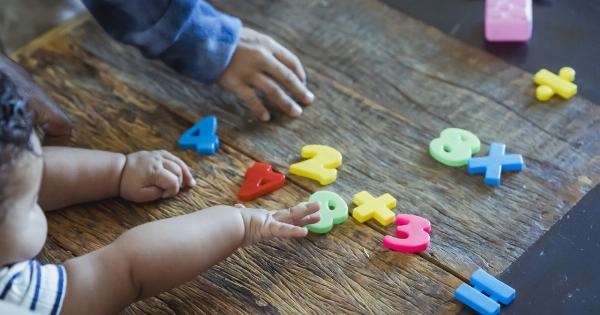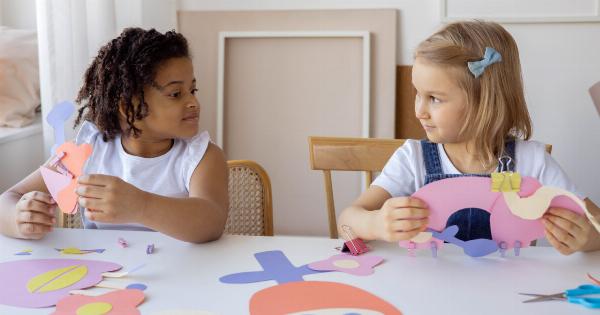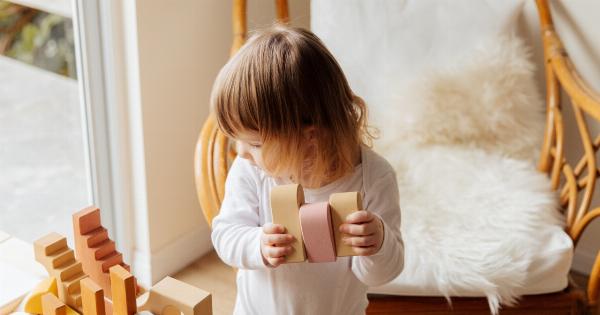In relationships, it is not uncommon to come across couples where one partner is significantly older than the other. This age gap can vary from a few years to even a few decades.
One interesting phenomenon that has been observed in such relationships is the tendency for younger partners to mirror their older counterparts. It is fascinating to delve into the reasons behind this phenomenon and explore the dynamics that contribute to it.
The allure of experience and wisdom
One of the primary reasons why young partners tend to mirror their older counterparts is the allure of experience and wisdom that comes with age.
Older partners have had more time to accumulate knowledge and life experiences, giving them a sense of maturity and wisdom that can be attractive to younger individuals. As a result, the younger partner may feel drawn to emulate their older counterpart in an effort to gain similar insights and wisdom.
Emotional and intellectual growth
Being in a relationship with an older partner can often lead to accelerated emotional and intellectual growth for a younger individual. The older partner may challenge their beliefs, expose them to new experiences, and encourage personal development.
In this quest for growth, the younger partner may adopt certain behaviors and attitudes of their older counterpart, mirroring their maturity and outlook on life.
Desire for stability and security
Age often brings with it a greater sense of stability and security. Older partners may have established careers, financial stability, and a more settled lifestyle.
This can be highly appealing to younger individuals who may still be figuring out their own paths in life. By mirroring their older counterparts, they may attempt to create a similar sense of security and stability in their own lives.
Seeking guidance and mentorship
An older partner can provide valuable guidance and mentorship to their younger counterpart. Whether it is in the personal or professional realm, the insights and advice of an older partner can be incredibly beneficial.
The younger partner may consciously or subconsciously mirror their older counterpart in an attempt to align their behavior, decision-making, and overall outlook with the wisdom imparted by their older partner.
The influence of social norms
Societal norms and expectations can also play a significant role in why young partners often mirror their older counterparts. Society often assigns certain roles and behaviors based on age and gender.
Younger partners may feel pressure to conform to these norms by mirroring the behavior, interests, and values of their older counterpart. By doing so, they may not only gain acceptance in society, but also establish a sense of harmony and unity within the relationship.
Shared life experiences
In relationships with significant age gaps, the older partner has likely lived through experiences that the younger partner has not yet encountered. This shared life experience can create a unique bond between the partners.
To strengthen this connection and bridge the gap in life experiences, the younger partner may mirror the behaviors, preferences, and perspectives of their older counterpart.
Influence of role models
Role models have a profound impact on shaping the behavior and aspirations of individuals. In relationships where there is an age difference, the older partner often becomes a role model for the younger partner.
The younger partner may look up to their older counterpart, admire their achievements, and seek to replicate their success. This can result in mirroring the older partner’s qualities, habits, and choices in an attempt to follow in their footsteps.
Psychological dynamics
Psychological dynamics, particularly when it comes to the need for acceptance and validation, can also explain why young partners mirror their older counterparts.
The younger individual may have a desire to belong and be accepted by their older partner, leading them to adopt similar behaviors and preferences. Mirroring the older partner can create a sense of continuity and cohesion within the relationship, providing a source of emotional validation for both partners.
Fighting age-related insecurities
Being in a relationship with an older partner can sometimes trigger insecurities related to age. The younger partner may worry about the aging process or feel inadequate due to the experience and accomplishments of their older counterpart.
In an attempt to mitigate these insecurities, the younger partner may mirror the older partner’s behaviors and attitudes to bridge the perceived gap in age-related competence.
Independence and self-identity
While there are many reasons why young partners mirror their older counterparts, it is important to recognize that not all young partners engage in this behavior.
Some individuals prioritize their own independence and self-identity, choosing to develop their own unique traits and perspectives rather than mirror someone else. Every individual is different, and personal choices and preferences can significantly shape the dynamics of any relationship.
Conclusion
The tendency of young partners to mirror their older counterparts in relationships with significant age differences can be attributed to a variety of factors.
The allure of experience and wisdom, desire for stability and security, and the influence of social norms all contribute to this phenomenon. Additionally, the psychological dynamics of seeking guidance, shared life experiences, and the impact of role models play a significant role.
However, it is important to note that not all young partners engage in mirroring behavior, as individuality and personal choices also play a crucial role in shaping relationships.































